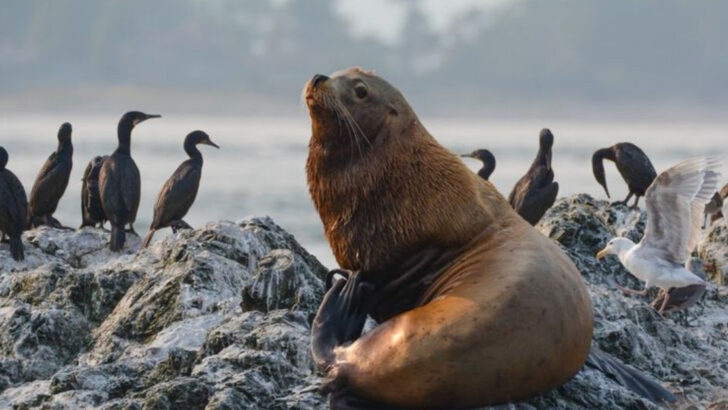The ocean is losing its giants—and faster than you think.
While tourists snap dolphin photos and kids marvel at aquarium whales, many of these breathtaking creatures are quietly disappearing from American waters.
We’re talking about marine mammals you’ve probably seen in textbooks or documentaries… but maybe never in real life. And if we’re not careful, we never will.
But not all hope is lost.
A few species are defying the odds—bouncing back in places where they were all but gone. Their stories are a mix of heartbreak, hard science, and wild comebacks.
From manatees in Florida to porpoises in the Pacific, this list pulls no punches. Some are slipping away right under our noses. Others are rewriting their own endings.
Let’s dive into who’s fading—and who’s fighting.
Ready to meet the cast?
North Atlantic Right Whale
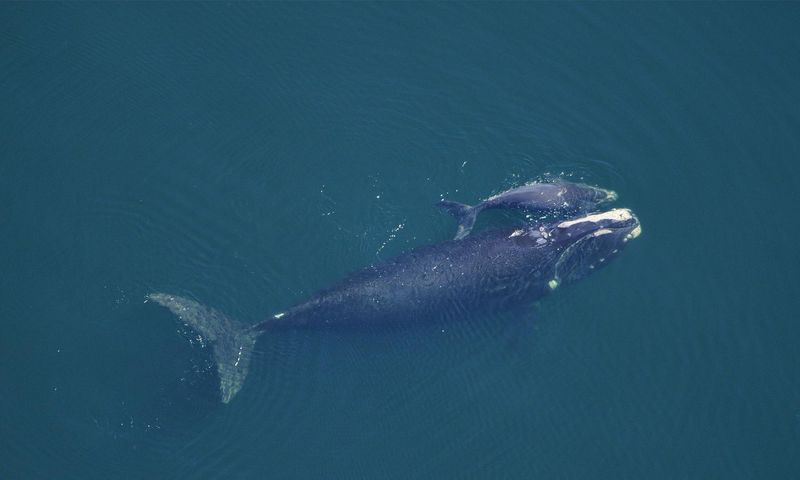
The North Atlantic Right Whale is one of the most critically endangered marine mammals today. Despite weighing up to 70 tons, its presence is delicate due to entanglement in fishing gear and ship strikes.
Once a common sight off the U.S. East Coast, this gentle giant now numbers less than 400 individuals. Researchers engage in relentless efforts to save this majestic creature, whose distinct callosities on the head make it easily identifiable.
Its survival depends on immediate conservation measures, and increased public awareness could be its lifeline.
Vaquita
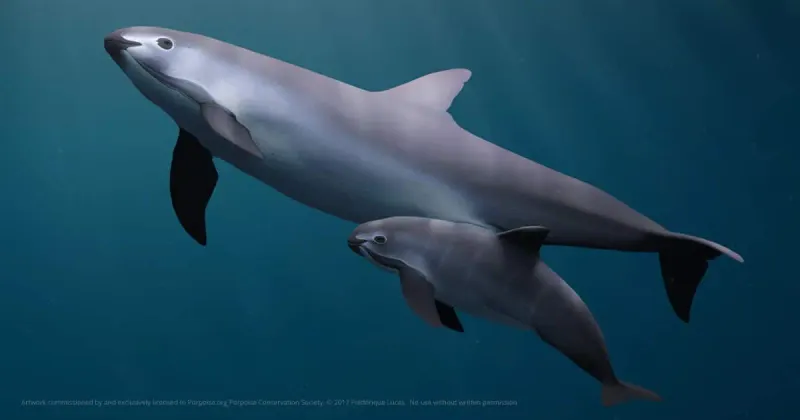
The elusive Vaquita, native to the Gulf of California, faces extinction with less than 10 individuals remaining. Known for its shy nature and distinctive dark eye rings, it seldom shows itself.
Illegal fishing practices, particularly gillnets used for catching the Totoaba fish, have pushed it to the brink. Conservationists work tirelessly to implement bans and protect its habitat.
The Vaquita’s story is a poignant reminder of the dire consequences of human activity on marine life. Urgent action is needed to prevent its disappearance.
Hawaiian Monk Seal

Hawaiian Monk Seals, with their endearing faces and unique vocalizations, are a symbol of Hawaii’s tropical shores. Sadly, they are critically endangered, with only about 1,400 individuals left.
Threats like entanglement, habitat loss, and disease continue to plague their existence. Conservation programs aim to protect these charismatic seals through habitat restoration and public education.
Their playful nature and cultural significance make them a beloved icon, but they desperately need our help to ensure future generations can admire their charm.
Cook Inlet Beluga Whale
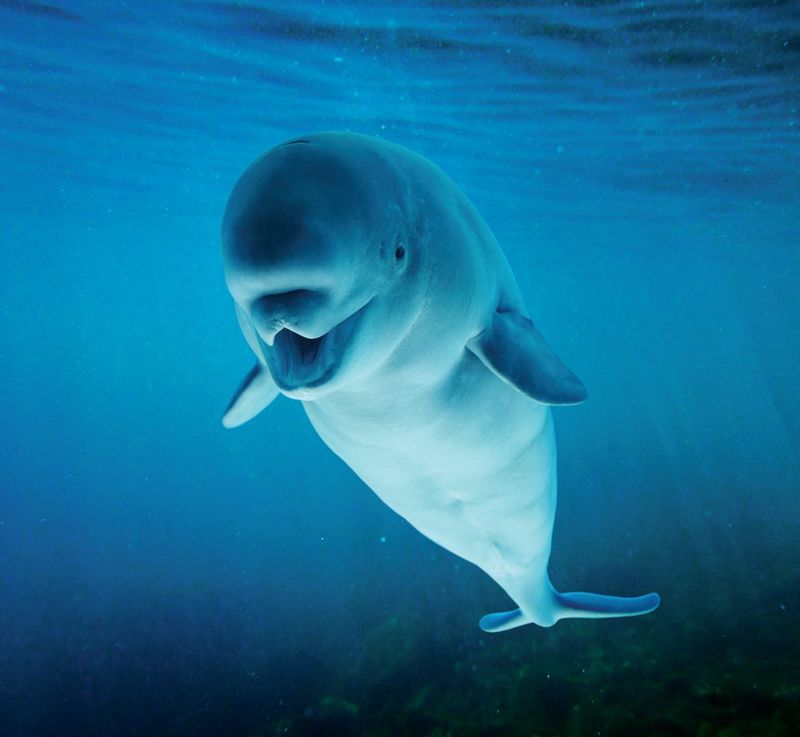
The Cook Inlet Beluga Whale, with its striking white color and playful demeanor, is an Alaskan treasure now in peril. Once numbering over 1,300, the population has dwindled to around 300.
Industrial activities, particularly oil and gas exploration, disrupt their habitat and food sources. Efforts to monitor and protect them involve collaboration between government and local communities.
Their distinctive communication skills and social nature make them a fascinating study, but without intervention, they might become a distant memory.
Southern Resident Orcas
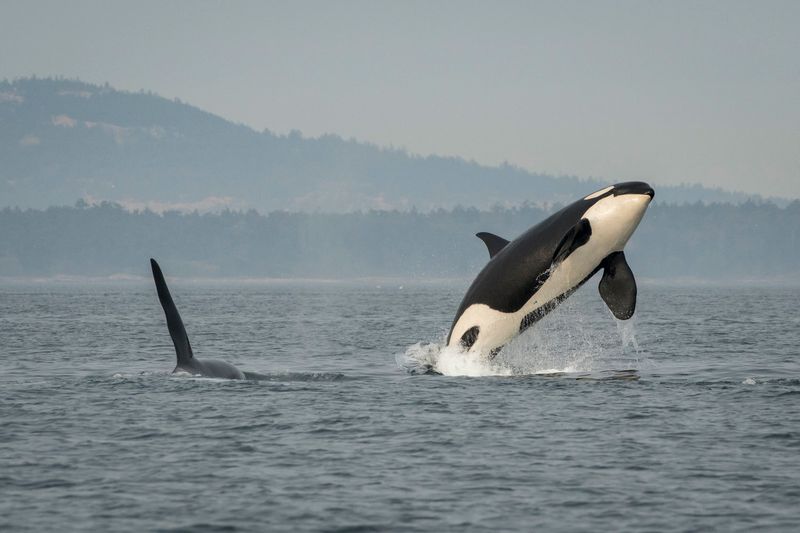
The Southern Resident Orcas, known for their intelligence and complex social structures, are an iconic presence in the Pacific Northwest. Yet, their numbers have fallen to around 70 individuals.
The decline is tied to pollution, decreased salmon populations, and noise disturbances from ships. Conservationists are working on recovery plans to ensure their survival.
Their haunting calls and tight-knit family bonds captivate those lucky enough to witness them. Protecting their natural habitat is crucial to preventing their loss.
Steller Sea Lion

Steller Sea Lions, known for their large size and loud roars, have seen a significant decline in recent decades. Found along the northern Pacific coast, they are now classified as near threatened.
Overfishing, climate change, and habitat degradation contribute to their shrinking numbers. Efforts to stabilize fish stocks and protect breeding grounds are vital to their recovery.
These majestic creatures are an integral part of the marine ecosystem, and their conservation is essential for maintaining ecological balance.
Fin Whale

The Fin Whale, often called the “greyhound of the sea,” is known for its speed and grace. Despite being the second-largest whale species, its numbers are decreasing due to whaling and environmental changes.
Efforts to ban hunting and protect their feeding grounds are underway, but challenges remain. This whale’s impressive presence is a reminder of the ocean’s vastness and the delicate balance within.
Conservationists are hopeful that increased awareness will lead to a resurgence of this remarkable species.
Sperm Whale
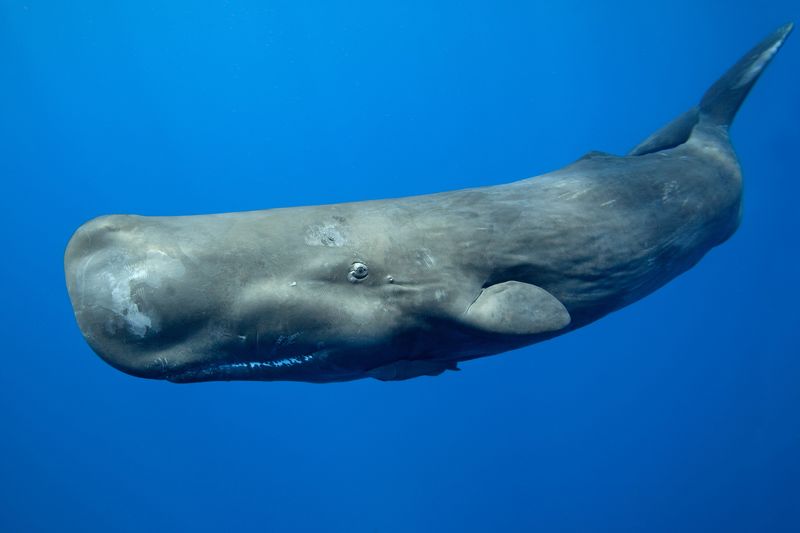
The Sperm Whale, immortalized by literature, is a fascinating creature facing modern threats. Known for its large head and deep diving abilities, it’s vulnerable to ship collisions and pollution.
Their social behavior and unique vocalizations make them intriguing subjects for study. Conservation efforts focus on reducing risks and understanding their complex communication.
These deep-sea giants hold clues to the mysteries of the ocean, and safeguarding their future is a priority for marine biologists worldwide.
Humpback Whale
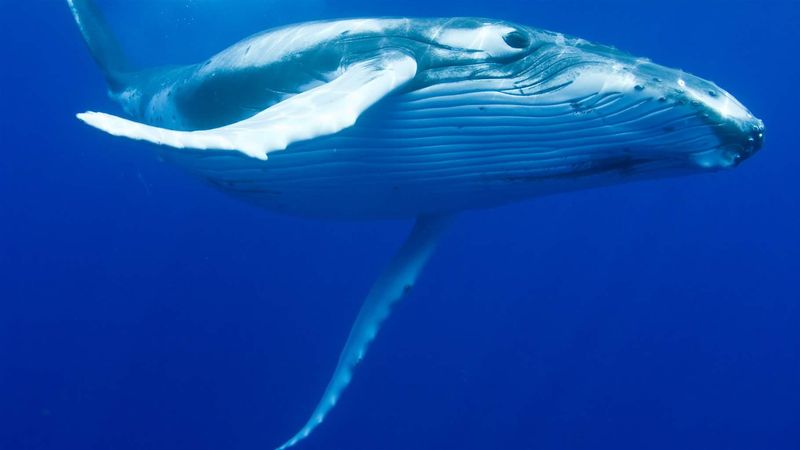
Humpback Whales, famous for their melodious songs, have faced a tumultuous history of hunting. Though their populations are recovering, they still face threats from entanglement and habitat disturbances.
Conservation measures have led to encouraging signs of recovery, but vigilance is required to maintain momentum. Their acrobatic breaches and haunting melodies continue to enchant marine enthusiasts.
These ocean giants symbolize hope and resilience, reminding us of the intricate web of life that thrives in marine environments.
Sea Otter
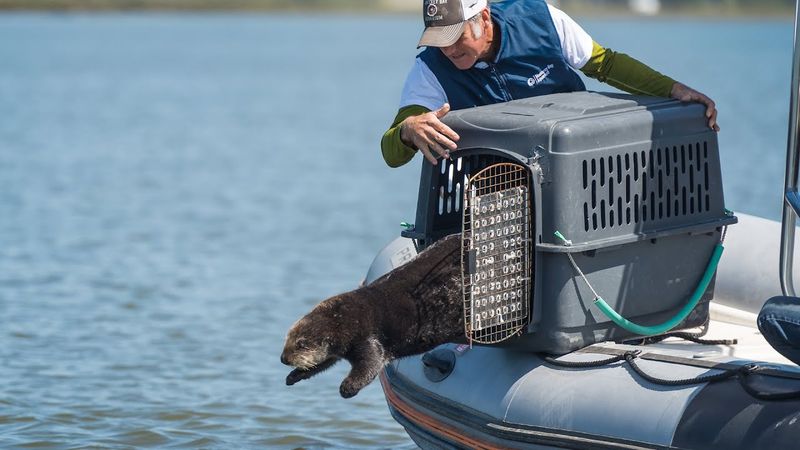
Once near extinction due to fur trading, Sea Otters have made a remarkable comeback along the Pacific coast. Their playful antics and tool-using behavior make them a favorite among wildlife lovers.
Efforts to protect their habitat and control pollutants have paid off, leading to a gradual increase in population. These adorable creatures play a vital role in maintaining the health of kelp forests.
Their resurgence is a testament to successful conservation strategies and the delicate balance of marine ecosystems.
Gray Whale
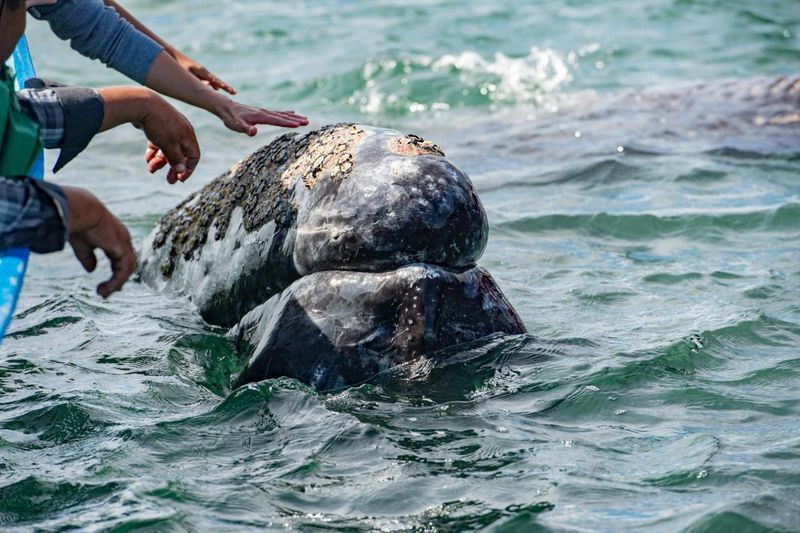
The Gray Whale, once hunted to near extinction, has rebounded impressively due to international protection. Their annual migration along the Pacific coast is a spectacle that attracts many enthusiasts.
While their numbers have improved, they face ongoing threats from climate change and pollution. Continued efforts to monitor and protect their migratory routes are essential.
These resilient creatures inspire awe with their sheer size and long journeys, symbolizing the power of nature’s recovery when given a chance.
California Sea Lion
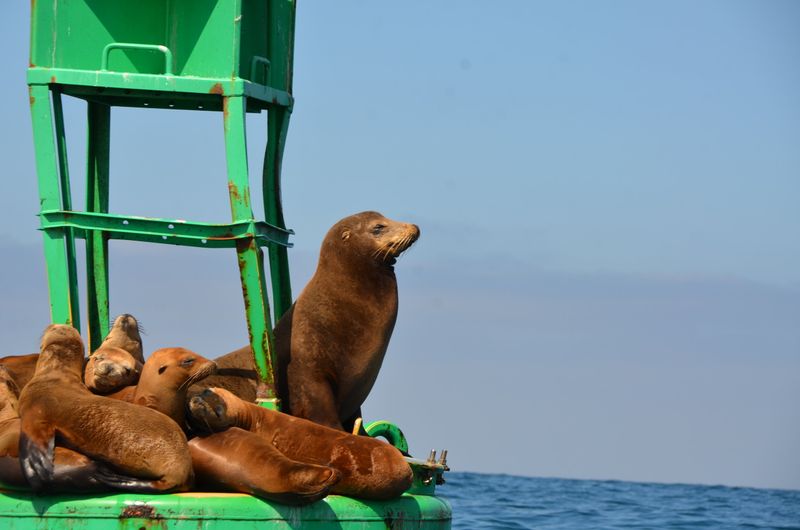
California Sea Lions, known for their intelligence and playful nature, have made a triumphant return to the coasts of California. Once threatened, they have adapted well to changing environments.
Their recovery is attributed to stringent protection laws and a focus on maintaining healthy fish stocks. These sociable animals are often seen lounging on docks and entertaining beachgoers.
Their presence is a joyful reminder of the resilience of marine life and the importance of continued conservation efforts.
Manatee
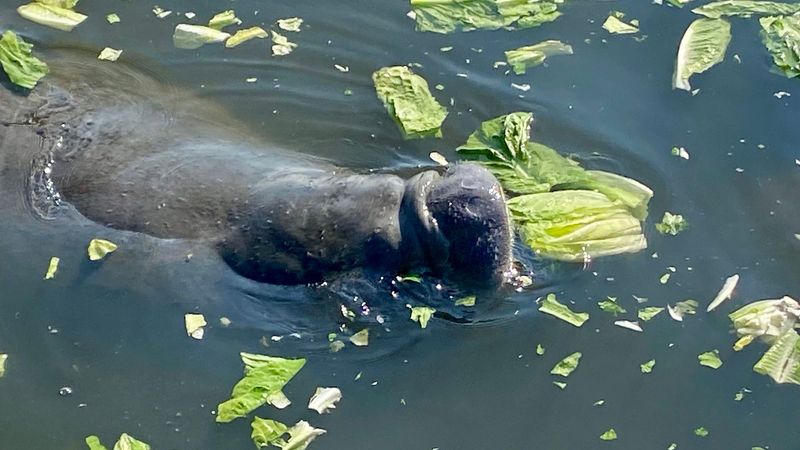
Manatees, often called “sea cows,” have seen a heartening recovery in Florida’s warm waters. Their gentle nature and slow-moving grace make them beloved icons.
Conservation measures, such as boat speed regulations and habitat protection, have aided in their resurgence. These herbivores play a crucial role in aquatic vegetation management.
Their comeback is a beacon of hope for conservationists, illustrating the positive impact of dedicated efforts to protect vulnerable species.
Northern Elephant Seal

The Northern Elephant Seal, once hunted for its blubber, has made a remarkable recovery along the Pacific coastline. Known for their large size and distinctive noses, they are a sight to behold.
Protection measures have allowed their populations to rebound, with colonies returning to historic breeding sites. Their epic migrations and dramatic battles during mating season are captivating to witness.
Their resurgence is a testament to successful wildlife management and the potential for species recovery with the right interventions.
Bottlenose Dolphin

Bottlenose Dolphins, with their charismatic personalities and intelligence, are experiencing a positive trend in population recovery. Found in warm coastal waters, they delight with acrobatic displays.
Their recovery is supported by legal protections and efforts to reduce bycatch in fishing operations. These social animals are often seen in pods, exhibiting complex behaviors.
Their playful antics and evident curiosity make them a favorite among marine wildlife, embodying the success of conservation initiatives.

